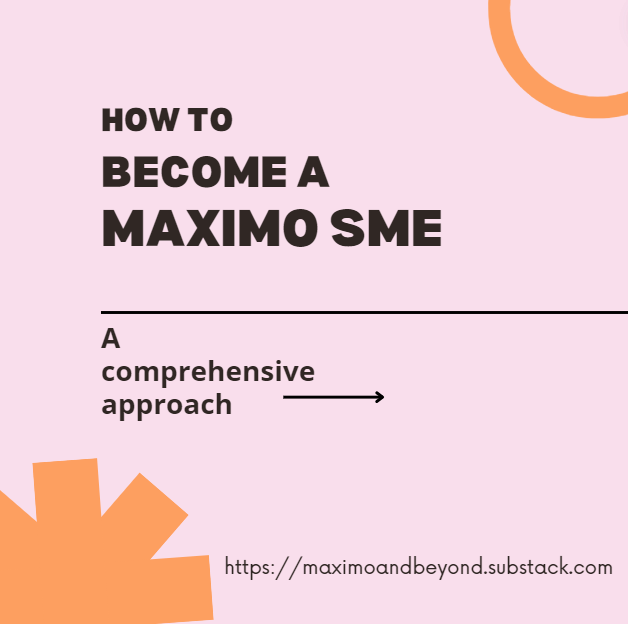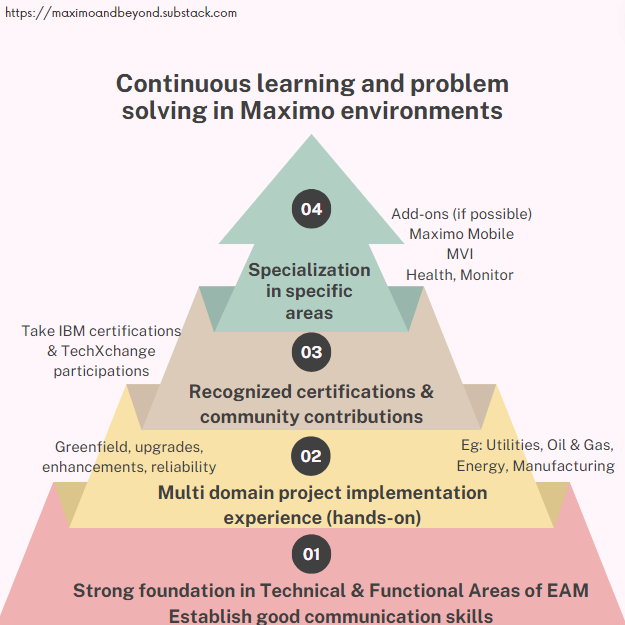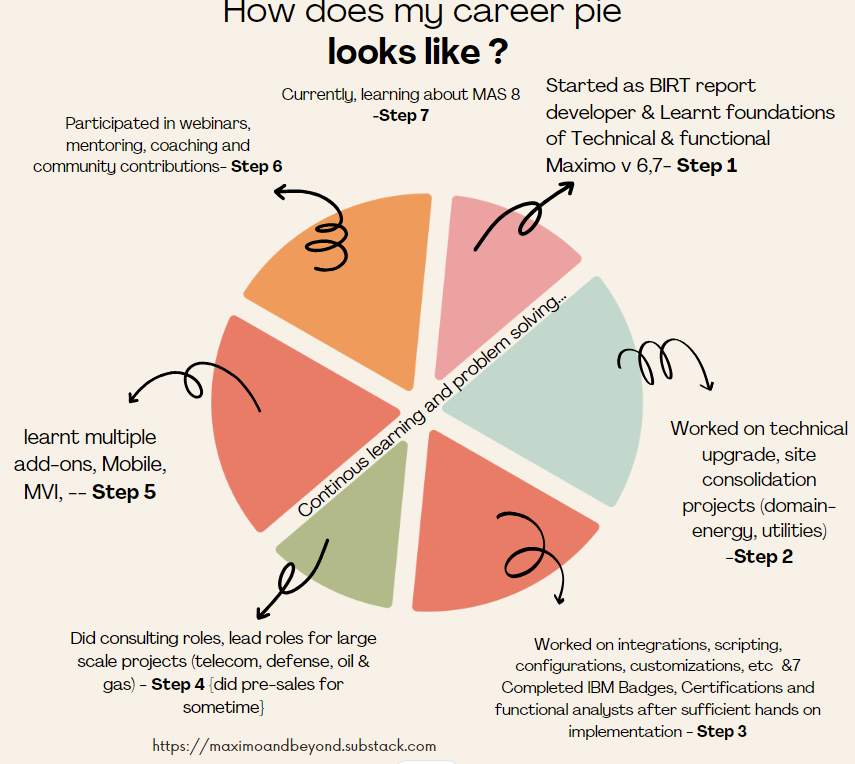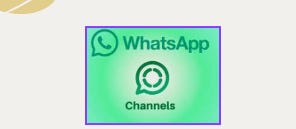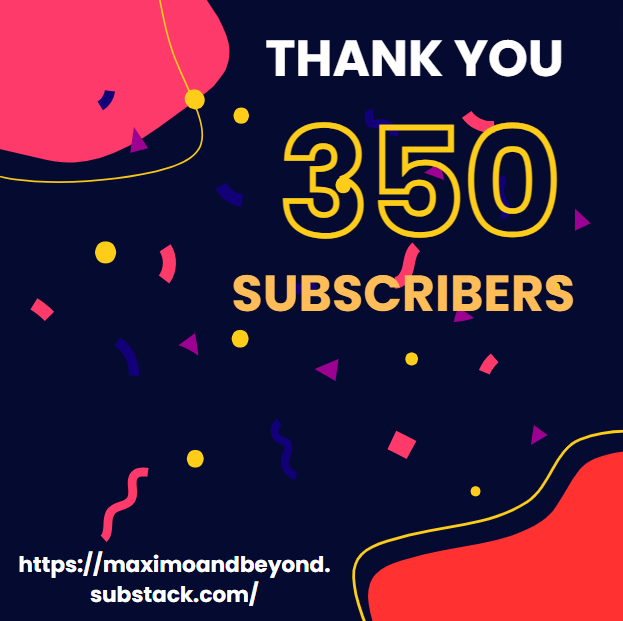How to become a {good} Maximo SME (Subject Matter Expert)
Becoming a Maximo SME involves acquiring a blend of foundational knowledge, practical experience, and specialised skills in Maximo Asset Management.
Greetings, dear readers! In this article, we delve into a comprehensive approach to becoming a Maximo Subject Matter Expert (SME). While the journey to SME status may vary based on the opportunities one encounters, this article provides valuable insights into the multifaceted aspects of learning and expertise in Maximo.
1. Gain Foundational Knowledge
Understand Asset Management: Familiarize yourself with the core concepts of asset management, including maintenance strategies, lifecycle management, and regulatory compliance.
Learn Maximo Basics: Start by learning the basics of IBM Maximo. This includes understanding its modules, user interface, and primary functions. Online resources, documentation, and introductory courses can be very helpful.
2. Formal Education and Training
Enroll in Maximo Training Programs: IBM offers a variety of training programs for different levels of expertise. Enroll in these courses to gain structured knowledge and hands-on experience.
Certifications: Obtain certifications to validate your expertise. Key certifications include:
IBM Certified Deployment Professional - Maximo Asset Management v7.6
IBM Certified Solution Architect - Maximo Asset Management v7.6
The Maximo community has already secured certifications on MAS 8.0- focus on these as well.
3. Hands-On Experience
Practical Application: Work on real-world Maximo projects to gain practical experience. This could be through internships, volunteering, or working on internal company projects.
Sandbox Environments: Use sandbox environments to practice and experiment with different Maximo configurations and customizations without the risk of affecting live systems.
4. Specialize in Key Areas
Functional Expertise: Choose a specific module or area of Maximo to specialize in, such as work management, inventory management, or predictive maintenance.
Technical Expertise: Develop skills in technical areas such as Maximo integration, automation scripting, and database management, customisations
5. Join Professional Communities
Maximo User Groups: Join local or online Maximo user groups to network with other professionals, share knowledge, and stay updated on the latest trends and best practices.
Forums and Online Communities: Participate in online forums and communities like the IBM Community for Maximo, where you can ask questions, share insights, and learn from other experts.
6. Stay Updated
Continuous Learning: The technology landscape is constantly evolving. Stay updated with the latest developments in Maximo and asset management by attending webinars, reading industry publications, and taking advanced courses.
IBM Maximo Updates: Regularly review updates and new releases from IBM to understand new features, enhancements, and best practices.
7. Develop Soft Skills
Communication: As an SME, you will often need to explain complex concepts to non-technical stakeholders. Develop strong communication skills to convey information clearly and effectively.
Problem-Solving: Enhance your problem-solving skills to address and resolve technical issues efficiently.
8. Mentorship and Teaching
Mentor Others: Share your knowledge and experience by mentoring junior colleagues or conducting training sessions.
Teach and Present: Consider teaching Maximo courses or presenting at conferences and webinars. This not only helps others but also reinforces your own expertise
Project Level Exposures:
Try to work in:
Greenfield implementation projects
Upgrade projects
Enhancement projects & site consolidation projects
Provide end user trainings (travel to their locations and provide classroom trainings if possible)
Provide UAT support for end users
Prepare documentation (many avoid this, but this will add lot of learning) and end user manuals
Prepare test cases yourself and validate them
Don’t hesitate to be a BIRT report developer - wear that hat for some time. This will help in understanding reporting needs of end users
Understand certification questions and try to apply them in real world
Work in areas where there are performance issues of Maximo and face them boldly and develop comprehensive skills and don’t be hesitant to face the customers
The more you work in varied implementation projects, the better you are!
Areas to focus on Maximo/EAM modules:
Functional Knowledge: Understand Maximo’s core functionalities, including asset management, work order management, inventory management, and preventive maintenance.
Configuration and Customization: Learn how to configure Maximo to meet specific business needs. Explore customizations using application designer, automation scripts, and integration frameworks.
Industry-Specific Modules: Familiarize yourself with industry-specific modules (e.g., EAM, CMMS) relevant to your organization. These may include transportation, utilities, or manufacturing modules.
Integration: Gain expertise in integrating Maximo with other systems (e.g., ERP, GIS, IoT devices). Understand integration points, REST APIs, and data exchange.
Reporting and Analytics: Master Maximo’s reporting tools (BIRT, KPIs, Graphical Workflows). Learn how to create meaningful reports and analyze data for decision-making.
Security and Access Control: Understand Maximo’s security model, user roles, and permissions. Implement robust access controls to protect sensitive data.
Mobile Solutions: Explore Maximo Mobile, Maximo Visual Inspection or other mobile solutions for field technicians. Learn how to configure and deploy mobile apps.
Best Practices: Stay updated on Maximo best practices, industry trends, and new features.
Tip: Build trust with your stakeholders and end customers…
Cheers,



